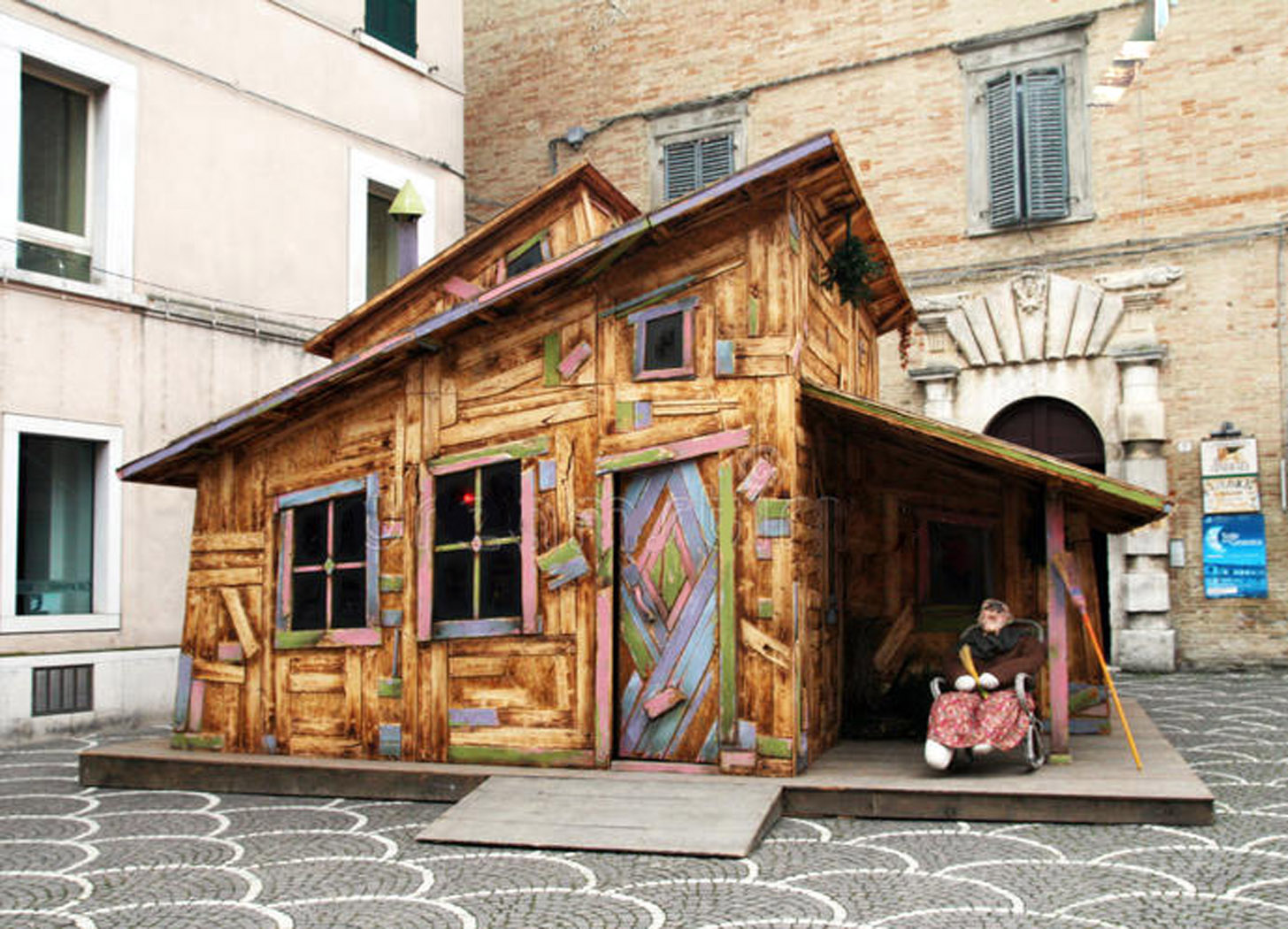Though Christmas Day has come to a close and those of us in America have concluded our gift-giving season, in Italy, the exchanging of presents has just begun. For Italians, December 25 marks the first of the 12 Days of Christmas, which concludes on January 6, with the Feast of the Epiphany and the arrival of La Befana.
La Befana, who delivers presents to good little girls and boys, has been an Italian Christmas tradition long before Babbo Natale made his way into the culture. Most sources say that the myth of La Befana goes back to the 13th century and originated in Rome. The story then spread to the rest of the country. It is believed that her name is derived from the Roman dialect of the Italian word for Epiphany, “epifania.”
Legend tells that La Befana visits all the children of Italy on the Eve of the Epiphany to fill their stockings with candy and presents if they are good or a lump of coal or dark candy if they are bad. Because she is a good housekeeper, she also sweeps the floor before leaving. The child’s family typically leaves a small glass of wine and a plate with food for her. She is usually portrayed as an old lady riding a broomstick through the air wearing a black shawl and is covered in soot because she enters the children’s houses through the chimney. She is often smiling and carries a bag filled with candy and gifts.
The legend has it that La Befana was approached by the Magi (the Three Kings) a few days before Christ’s birth. They asked for directions to where the Baby Jesus was, but she did not know. She provided them with shelter for the night, as she was considered the best housekeeper in the village with the most pleasant home. They invited her to join them on their journey to find the Baby Jesus, but she declined, stating she was too busy with her housework. Later, La Befana had a change of heart and tried to find the Magi and Baby Jesus, but she was not able to find them. So to this day, La Befana is searching for the Baby Jesus.
There is also another legend about the origin of La Befana, which states that she was an ordinary woman with a child whom she greatly loved. However, her child died and she became stricken with grief. She soon heard the news of Jesus’ birth and set out to see Him in hopes that he could ease her pain. She met Jesus and presented Him with gifts to make him happy. The Infant Jesus was delighted and He gave La Befana a gift in return; she would be the mother of every child in Italy.
Today, each city in Italy has its own unique way of celebrating La Befana. In the Piazza Navona in Rome, a popular market takes place each year between Christmas and the Epiphany, where toys, sugar charcoal and other candies are on sale, along with an abundance of La Befana puppets and trinkets. The fair continues until January 5, when each person buys at least one tin horn, trumpet or whistle. A large crowd moves about the Piazza, laughing and blowing their various whistles until all of Rome is filled with sound.
In the town of Urbania in the Le Marche region, the National Befana Festival takes place each year during the first week of January. A “House of the Befana” is built and the post office has a mailbox reserved for letters addressed to her, mirroring what happens with Santa Claus in America. Italians dress up in the customary clothes of La Befana and parade through the streets of the small Renaissance town.
La Befana celebrations occur throughout Italy, each one having its own customs. On the Adriatic coast towns and villages, bands of men and boys go about from house to house singing Epiphany songs and receiving small gifts in return. At Varenna, on Lake Como, men dressed like the Three Kings parade through the countryside with torches, bestowing gifts on the needy.
In Venice, a most unusual La Befana celebration takes place. The “Befana Regata” or the Race of the Witches, entails men dressing up as the witch and racing down the Grand Canal in boats. The competition, which began as a prank over 30 years ago, is now a tradition upheld each year on January 6th.
In nearly every city in Italy, a celebration in honor of La Befana takes place. From big celebrations like the Epiphany Parade in Milan, to unique celebrations like the Race of the Witches in Venice, all of Italy rejoices on January 6 to celebrate the Italian legend of La Befana.





